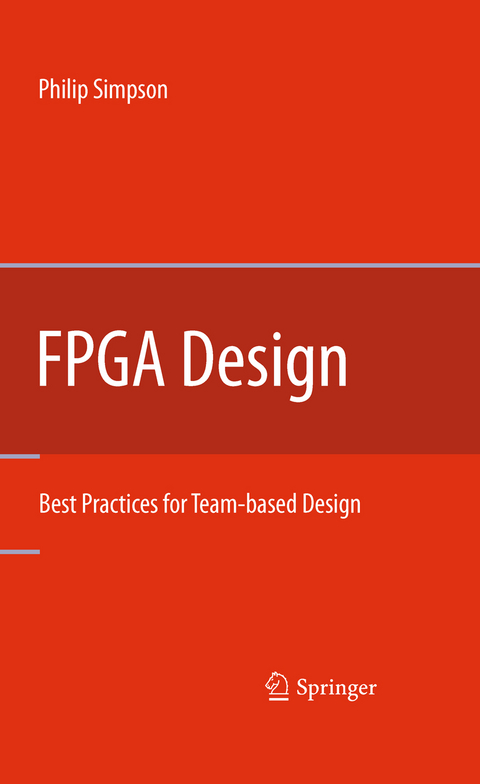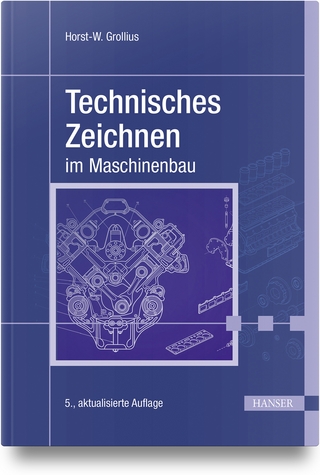
FPGA Design
Springer-Verlag New York Inc.
978-1-4899-9789-0 (ISBN)
Phil Simpson is Altera’s senior manager for software technical marketing and product planning. In this role, Simpson is responsible for Altera’s Quartus II software and third-party EDA interfaces product planning and the creation of the Altera design flow software roadmap. Prior to joining Altera in 1996, Simpson held several engineering roles at various EDA and semiconductor companies, including EDA Solutions, Data I/O and Lucas Aerospace. Simpson holds a BS (with honors) in Electrical & Electronic Engineering from City University, London and an MSC (with distinction) in system design from the University of Central England, Birmingham, England.
Best Practices for Successful FPGA Design.- Project Management.- Design Specification.- Resource Scoping.- Design Environment.- Board Design.- Power and Thermal Analysis.- RTL Design.- IP and Design Reuse.- The Hardware to Software Interface.- Functional Verification.- Timing Closure.- In-System Debug.- Design Sign-Off.
| Erscheint lt. Verlag | 19.10.2014 |
|---|---|
| Zusatzinfo | XV, 151 p. |
| Verlagsort | New York |
| Sprache | englisch |
| Maße | 155 x 235 mm |
| Themenwelt | Mathematik / Informatik ► Informatik ► Theorie / Studium |
| Informatik ► Weitere Themen ► CAD-Programme | |
| Technik ► Elektrotechnik / Energietechnik | |
| ISBN-10 | 1-4899-9789-X / 148999789X |
| ISBN-13 | 978-1-4899-9789-0 / 9781489997890 |
| Zustand | Neuware |
| Haben Sie eine Frage zum Produkt? |
aus dem Bereich


